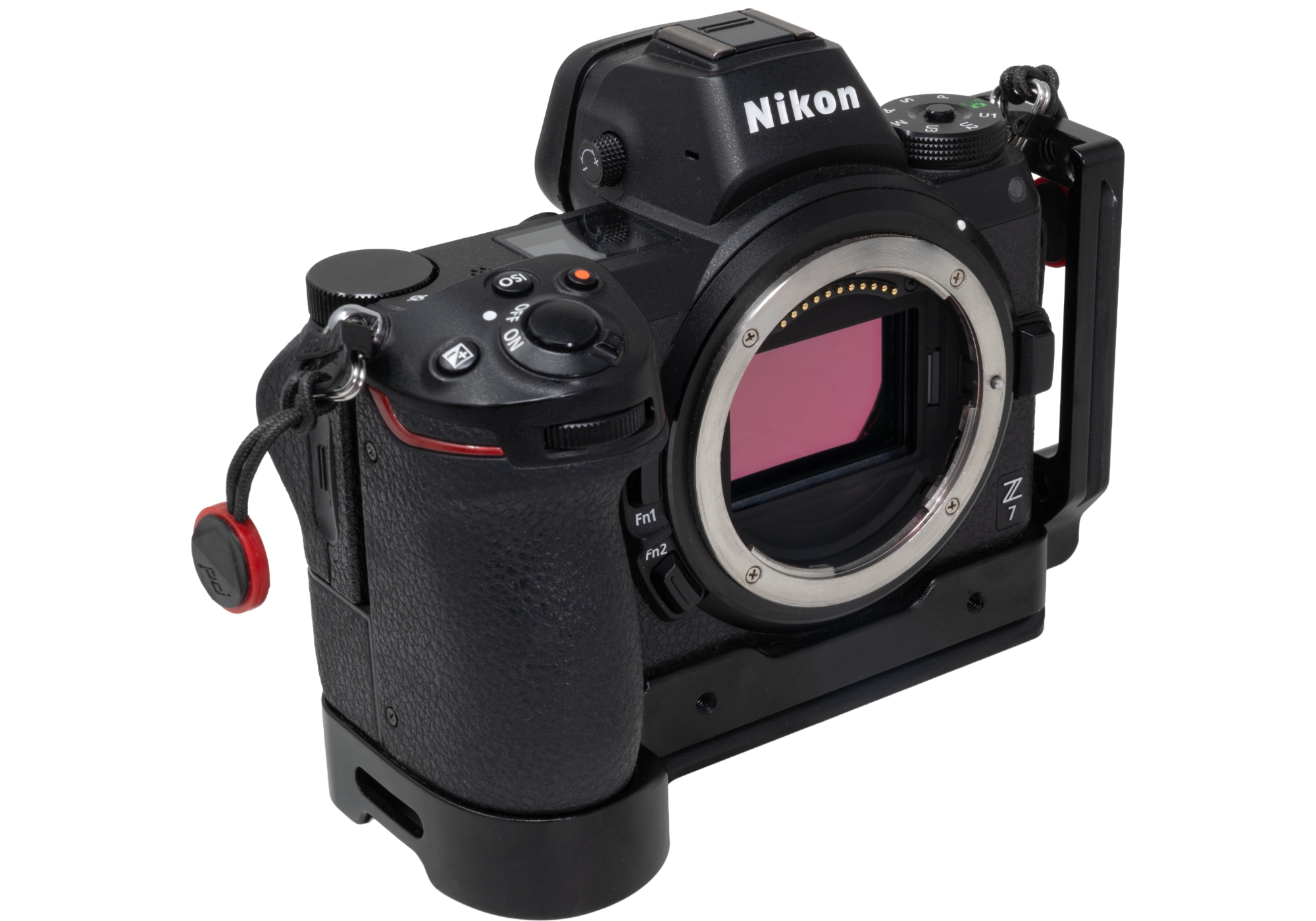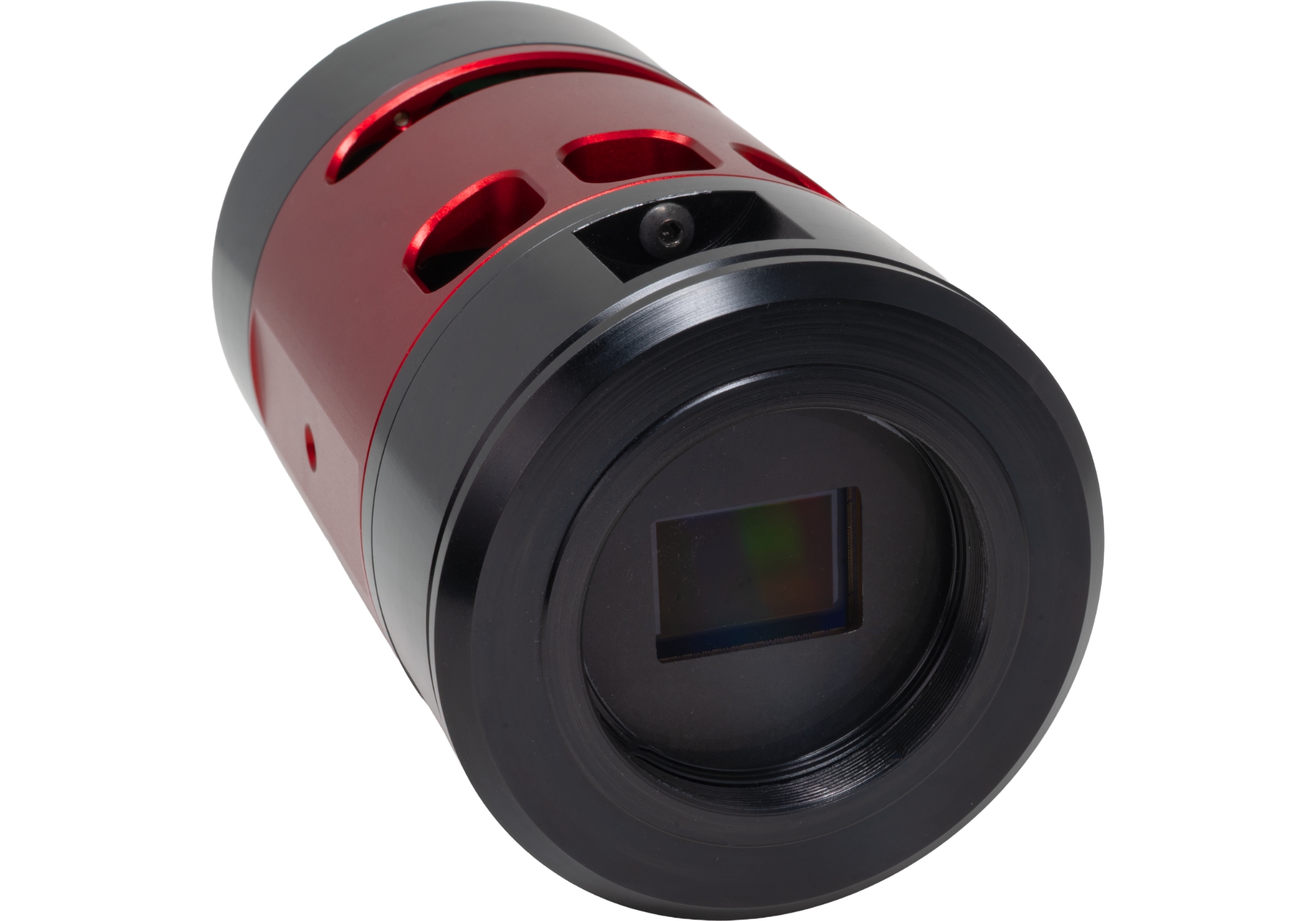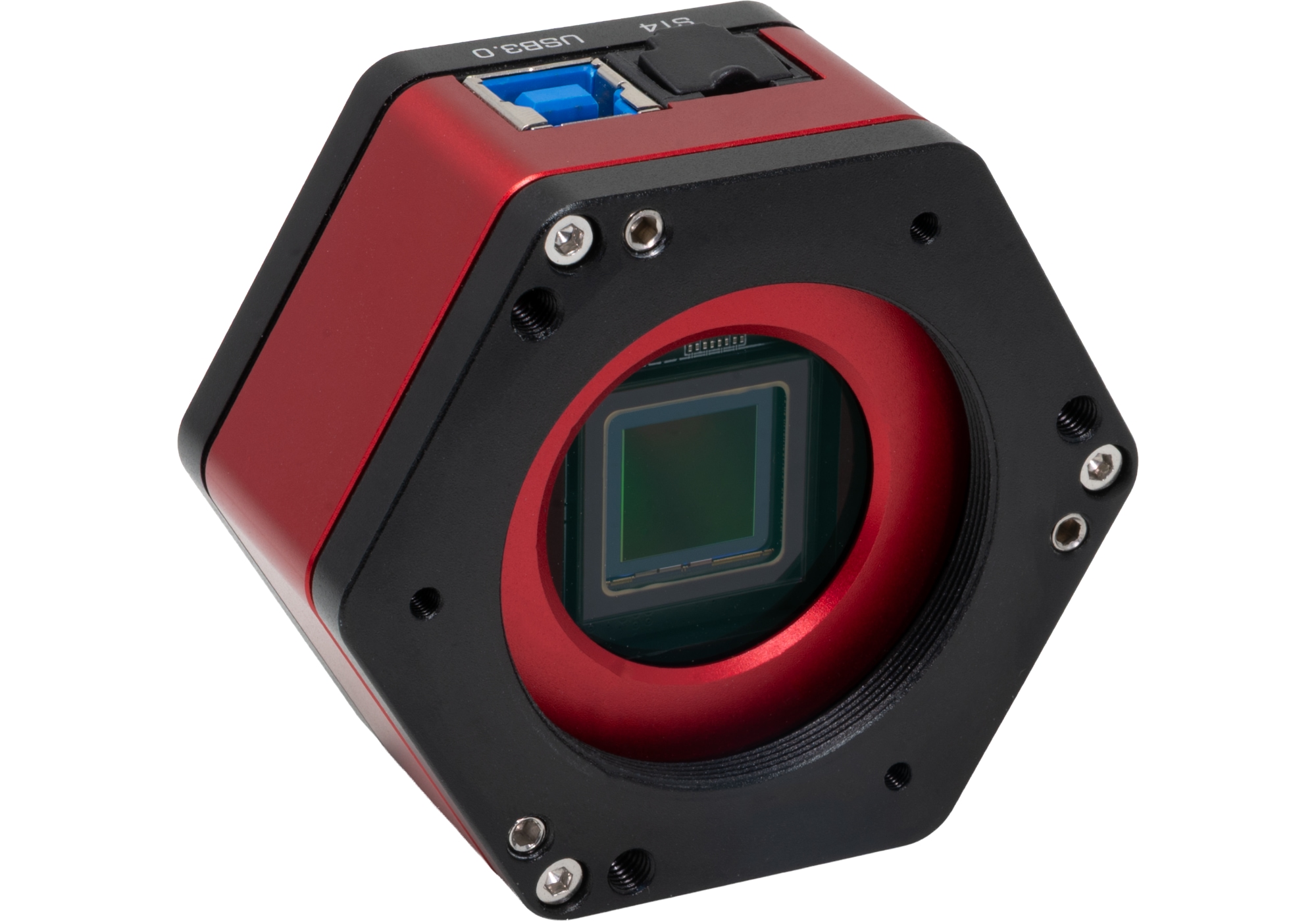Astrophotography camera: what to choose?
Choosing the right astrophotography camera is one of the most important decisions an astrophotographer has to make. Whether you’re just starting your journey under the stars or you’re ready to upgrade your gear, understanding the different types of cameras and their features will help you get the best results from your telescope. In this article—and in the video below—we explore the main types of astrophotography cameras, how they work, and how to choose the right one based on your goals, your telescope, and your observing conditions.
From film to digital: a revolution in astrophotography
Before the digital era, astrophotography was done with film—an unforgiving medium with low sensitivity and many limitations. Long exposures were necessary, and the process required darkroom development and precise control over every step. The introduction of CCD and later CMOS digital sensors revolutionized the field. Suddenly, astrophotographers could capture fainter objects, stack multiple exposures, and process images with software. Today, digital sensors are not just convenient—they’re essential.
Understanding the sensor at the heart of every camera
The most important component of any astrophotography camera is the digital sensor. Every pixel on the sensor collects light from the night sky and converts it into an electric signal. These signals are then digitized and turned into an image. There are two main sensor technologies:
- CCD (Charge-Coupled Device): Once the gold standard for low-noise, high-quality imaging, but slower and now largely replaced in most applications.
- CMOS (Complementary Metal Oxide Semiconductor): Faster, more efficient, and ideal for both deep-sky and planetary imaging thanks to recent technological advances.
Modern CMOS sensors often provide lower read noise, higher frame rates, and excellent sensitivity—making them the preferred choice for today’s astrophotographers.
The 3 main types of astrophotography cameras
Depending on what you want to capture and how you plan to use your telescope, you can choose from three main types of cameras:
1. DSLR and mirrorless sameras
These are ideal for beginners and those transitioning from regular photography. They’re versatile and easy to use, but not specifically designed for astrophotography. DSLR/mirrorless cameras include IR-cut filters that limit sensitivity to key wavelengths like H-alpha, which can reduce performance when photographing emission nebulae.
Best for: entry-level users, portable setups, and those who already own one for daytime use.

2. Cooled astronomy cameras
Designed specifically for astrophotography, these cameras feature active cooling systems to minimize thermal noise—especially important during long exposures used for deep-sky objects. They are available in both color and monochrome sensor versions:
- Color cameras are simpler to use, producing color images in a single shot. However, they’re more limited when it comes to light pollution filtering, since they typically only work with broadband filters. This makes them better suited for use under dark skies.
- Monochrome cameras offer higher sensitivity and allow also the use of narrowband filters (H-alpha, OIII, SII), which are extremely effective in fighting light pollution. These filters also help bring out faint details in nebulae, even from urban or suburban areas. However, they require more exposures and more advanced image processing to create color images.
Best for: deep-sky astrophotographers who want the highest image quality and advanced control.

NOTE: While monochrome cameras are the ideal choice for narrowband astrophotography—thanks to their higher sensitivity compared to their color counterparts using the same sensor—it’s important to note that narrowband filters specifically designed for color cameras are now available. These filters allow color camera users to do narrowband imaging and significantly boost nebula contrast against the sky background, even under light-polluted skies. Of course, the performance won’t match that of a monochrome setup, but this approach still provides a valuable option for those who want to explore narrowband imaging without immediately switching to a mono camera, filter wheel, and more complex processing.
3. Planetary and autoguide cameras
Compact and fast, these cameras are optimized for high-magnification imaging of the Moon and planets using lucky imaging—capturing thousands of frames and selecting only the sharpest ones. Many models also include ST4 autoguide ports, allowing dual use also as guiders.
Best for: capturing high-resolution details on the Moon, planets, and for use as autoguiders.

So, which astrophotography camera should you choose?
Your ideal astrophotography camera depends on your goals and your location:
- If your focus is deep-sky astrophotography, go for a cooled astronomy camera.
- If you want ease of use and plan to shoot under dark skies, a cooled color camera is a great option.
- If you’re imaging from an area with light pollution, you’ll get the best results with a cooled monochrome camera and narrowband filters.
- If you’re starting out or already own a DSLR or mirrorless camera, it’s a good way to begin without a major investment.
- If your passion is imaging the Moon and planets, choose a planetary camera with high frame rates and good sensitivity.
Wherever you are in your astrophotography journey, finding the right combination of astrophotography camera, telescope, and accessories will help you unlock the beauty of the Universe!
